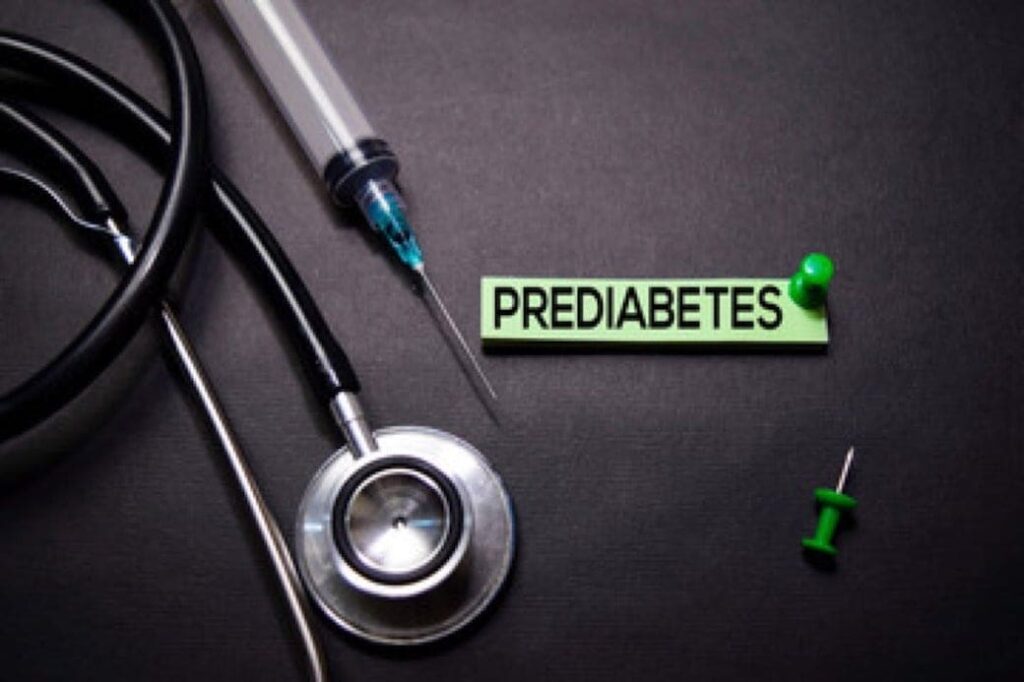Reversing Prediabetes
Prediabetes is a precursor to type 2 diabetes, bringing with it an increased risk of heart disease, kidney and eye issues, and various types of cancer. Currently, there is no approved pharmaceutical treatment for prediabetes.
However, scientists at the German Center for Diabetes Research (DZD) have uncovered a promising pathway to remission, where blood glucose levels return to normal.
Their multicenter study not only reveals the benefits of prediabetes remission but also highlights distinct mechanisms compared to type 2 diabetes remission, as reported in The Lancet Diabetes & Endocrinology.
The Evolution of Diabetes Management
Type 2 diabetes is associated with a higher risk of heart attacks, kidney disease, strokes, and increased mortality. Until recently, it was believed to be an irreversible condition. However, substantial weight loss has shown that type 2 diabetes can be placed in remission for a significant number of individuals. Unfortunately, this remission often proves temporary, with most individuals eventually relapsing into type 2 diabetes.
Tip: Please fill out this form to determine whether or not you or a friend are eligible for a CGM and, Also learn about Real-time Blood Sugar Monitoring
A New Focus on Prediabetes
Prediabetes, the precursor to type 2 diabetes, amplifies the risk of heart disease, kidney problems, eye complications, and multiple cancer types.
Yet, no approved drug therapy exists for prediabetes. Researchers at the German Center for Diabetes Research (DZD) have revealed how prediabetes can be successfully placed into remission, offering hope for improved health outcomes.
Must Read: Glucose Monitoring Advantages in non-ICU
This remission not only shields against type 2 diabetes but also enhances kidney and vascular function over the long term. Intriguingly, the underlying mechanisms differ from those involved in type 2 diabetes remission.
The Role of Abdominal Fat
Remarkably, individuals who achieved remission displayed lower levels of inflammatory proteins in their blood, particularly in the reduction of abdominal fat. Arvid Sandforth, one of the lead authors, highlights the importance of identifying factors that promote the loss of abdominal fat in the future.
Surprisingly, there were no significant differences between the two groups concerning the reduction of liver fat, another key risk factor for diabetes development.
Must Read About Risk of Common Diseases in Unions Between Close Relatives
Sustained Benefits of Remission
Participants who achieved remission exhibited a 73 percent reduced risk of developing type 2 diabetes even two years after completing the lifestyle intervention. Additionally, they displayed reduced indicators of kidney damage and improved blood vessel health.
Read Guide about Wegovy Dosage Guide: The Best Way For Weight Loss
Transforming Prediabetes Treatment
Current prediabetes treatment revolves around weight reduction and lifestyle enhancements to delay the onset of type 2 diabetes. However, this approach lacks glucose-based targets for guiding treatment. The DZD’s latest analysis bridges this gap, suggesting that remission should become the new therapeutic goal for individuals with prediabetes. This shift in treatment strategy holds the potential to minimize complication rates and improve patient outcomes.
According to the study, remission in prediabetes can be defined when fasting blood glucose drops below 100 mg/dl (5.6 mmol/l), 2-hour glucose levels are below 140 mg/dl (7.8 mmol/l), and HbA1c falls below 5.7 percent. Achieving remission is more likely when body weight decreases, and waist circumference shrinks by approximately 4 cm in women and 7 cm in men. These criteria now serve as valuable biomarkers for prediabetes management.


